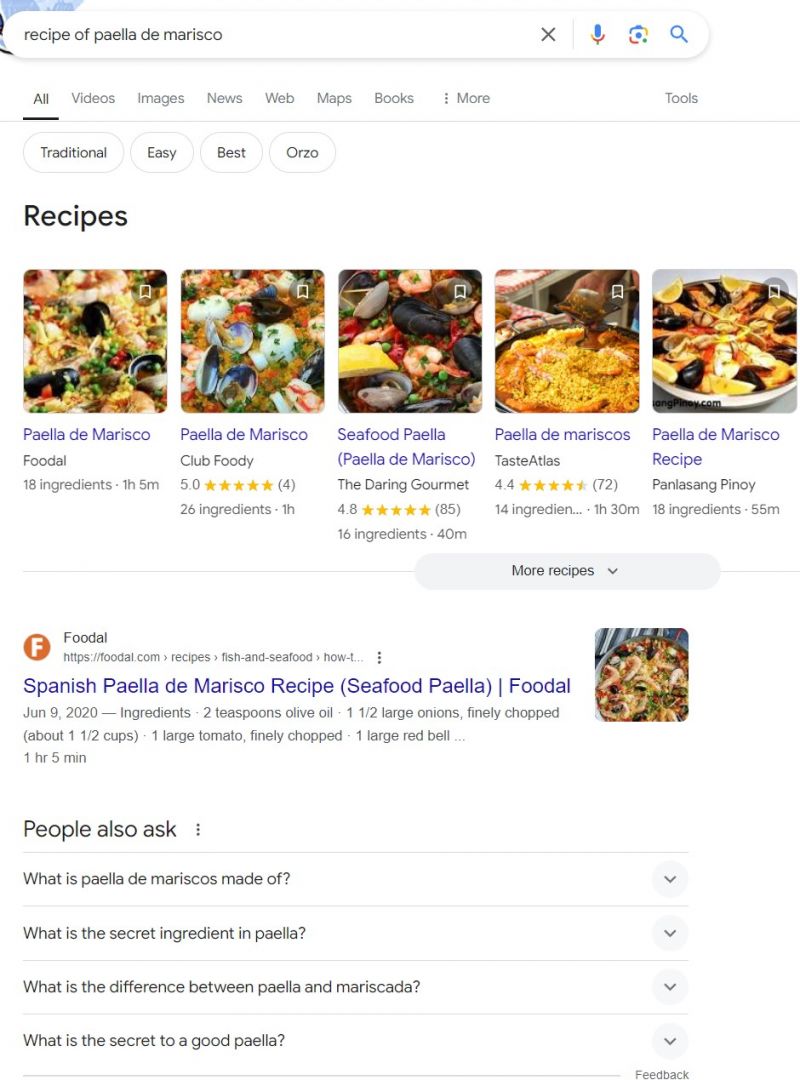Structured Data: Tips to Boost Your Organic Traffic
Quite surprisingly, there are still websites without structured data, and even SEO professionals who do not add them to the sites they manage. However, they are now fairly simple to implement on the vast majority of CMSs. Moreover, Google strongly encourages their use and offers many resources on the subject (which we provide at the bottom of the page). Indeed, they are important for natural search engine optimization (SEO). I've heard that it's important only for e-commerce sites, or rather for blogs... The reality is that getting organic traffic today is easier with structured data.
Introduction to Structured Data
But what exactly is structured data? Structured data are standardized data formats (rich snippets) that allow search engines, such as Google, to better understand and categorize the content of web pages.
They are the result of collaborative work presented on schema.org and are used by Google as well as Microsoft, Pinterest, and many other companies to "classify" and index. There are dozens of types of structured data that contain different pieces of information. They cover a wide range of types, and it's really unfortunate not to use them as they ‘clarify’ your page.
The schema.org project, which brings all this together, presents the philosophy and all the types of schemas on a dedicated website.
Here’s what Google says to introduce them:
"Google's search engine works hard to understand the content of a page. In this context, you can provide us with clear information about the meaning of a page by adding structured data to it. Structured data is a standardized format that allows you to provide information about a page and classify the content of that page. For example, on a recipe page, this could include the ingredients, cooking time and temperature, calories, etc."
Why use them? Increased traffic and quality improvement
In search results, Google has reserved spaces for structured data, and it is possible to be positioned in these spaces (Q&A, etc.). Pages with structured data also have better visibility as they present consistent information in the SERPs, as well as elements that make them "stand out" (stars for reviews, an image for a recipe, for example). The positive effect is therefore twofold: a higher click-through rate, but also more time spent on the page. Google provides these two examples:
- Rotten Tomatoes added structured data to 100,000 unique pages and saw a 25% higher click-through rate on pages with structured data compared to others.
- The Food Network site converted 80% of its pages to include search features and thus saw a 35% increase in visits. Let’s take the example of a recipe page.
Structured data of the "recipe" type can include ingredients, steps, and preparation time or cooking time, as well as nutritional information like calories. Images can also be associated. By integrating these elements, you provide additional, easily analyzable information. This can only have one effect: facilitating the indexing of your pages and improving their ranking in search results. Let’s play a little game together—type “recipe + recipe name” into Google, and I challenge you to find even one recipe in the top 10 results that doesn’t have structured data.

Some tips regarding “rich snippets”
Use multiple types of structured data on a page
Some types of structured data are almost indispensable. We forget it today, but breadcrumbs are still important because they allow you to "locate" the page within the structure of a website. Therefore, placing this "snippet" on your pages is worthwhile.
Let’s take a product page on an e-commerce site. It can include structured data such as "product," "customer reviews," "average rating," "video" (if the product features a video), etc.
Have a strategy/global vision for your site
Depending on the types of pages and the site, you can work on a global strategy for your site, somewhat like with Analytics tracking and its tagging plan. The best approach is to have a base that can be enriched with some flexibility depending on the content added to different pages. For example, if certain product pages on an online store have presentation videos but not all, then the "video" snippet should only be added to those that have them.
On the majority of CMSs, there are now extensions that allow you to automate this.
Observe the competition without forgetting your content. For a long time, it has been possible to test your structured data online via schema.org or Google’s structured data testing tool. If you can test your own, it is also possible to test those of competitors. However, these tools are quite laborious because you can only test one page at a time.
Test for a smooth rollout
Be careful; these data must be correctly added to a site.
If the boost provided by structured data is clear and precise, poorly implemented structured data can have a disastrous effect! From experience, I have seen pages completely disappear from the SERPs because the structured data contained errors.
Even though Cocolyze can detect properly implemented structured data, it’s better not to mess up when putting them online. Make sure to test your structured data either by testing the page before it has been indexed by Google or by testing the code snippets on the tools available on Google or Schema.org.
Conclusion on Structured Data
If your competitors are not yet using them or only partially, then you can take advantage of them. Conversely, if you are the ones who are not yet using them, then go ahead, but be careful to work correctly, taking into account your site, your pages, and testing beforehand to avoid any major mishaps.
